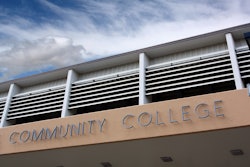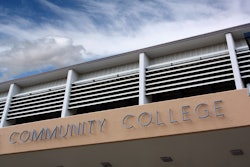Crossing the Finish Line: Completing College at America’s Public Universities, by William G. Bowen, Matthew M. Chingos and Michael S. McPherson, $27.95, Princeton University Press, September 2009, ISBN-10: 069113748X, ISBN-13: 978- 0691137483, pp. 392.
No sooner had the ink dried and the Sept. 9 news embargo on this book passed than it became one of the most widely reviewed and analyzed academic studies released in a long time. Within days, or hours in some cases, The New York Times, The Associated Press, varied education Web sites and many other news outlets dissected the findings. Weeks later, it was still blogged about and commented on all over the Internet.
The credentials of its authors, including Bowen, president emeritus of Princeton University and of the Andrew W. Mellon Foundation, and McPherson, a former president of Macalester College and president of the Spencer Foundation, commanded attention. The Times called them “pillars of the education establishment.”
The media storm appears to be well deserved, based on the work the researchers put into collecting and crunching the data, as well as the illuminating summation. A quick sampling of the news reports, blogs and cyber commentary about the work, however, brings to mind the fable of the blind man explaining an elephant based on its discrete parts.
Some writers focused on the provocative finding that students who went to more selective public universities were more likely to graduate than high-caliber students who went to less-selective ones, a trend termed “undermatching.” Other articles suggested, therefore, that the nongraduates were at fault if they had opted for the less-demanding colleges, rather than the most-selective ones that would have them. Still others focused on how to close ethnic, racial, gender and income disparities in graduation rates.
A few reports grabbed onto the findings that high school grades seem to matter more in the long run as predictors of college completion than do the standardized tests colleges give so much weight to now. Some commentators played up findings that the trend toward encouraging students who ultimately want a bachelor’s degree to go first to community colleges seems to lower the odds that they will reach that goal.
All of those are valid issues examined in depth in this study, and it is difficult to summarize the many issues laid out in the report in the average news article. That said, however, the elephant in the room that was the opening premise of the report has barely been acknowledged. It is that we as a nation that once prided itself on raising the education levels of each successive generation have not been doing so for a while. As the authors note, years of schooling among Americans grew steadily from the last quarter of the 19th century until the mid-1970s. “This truly amazing record of progress came to a halt,” the report says, and educational levels have remained essentially flat ever since.















